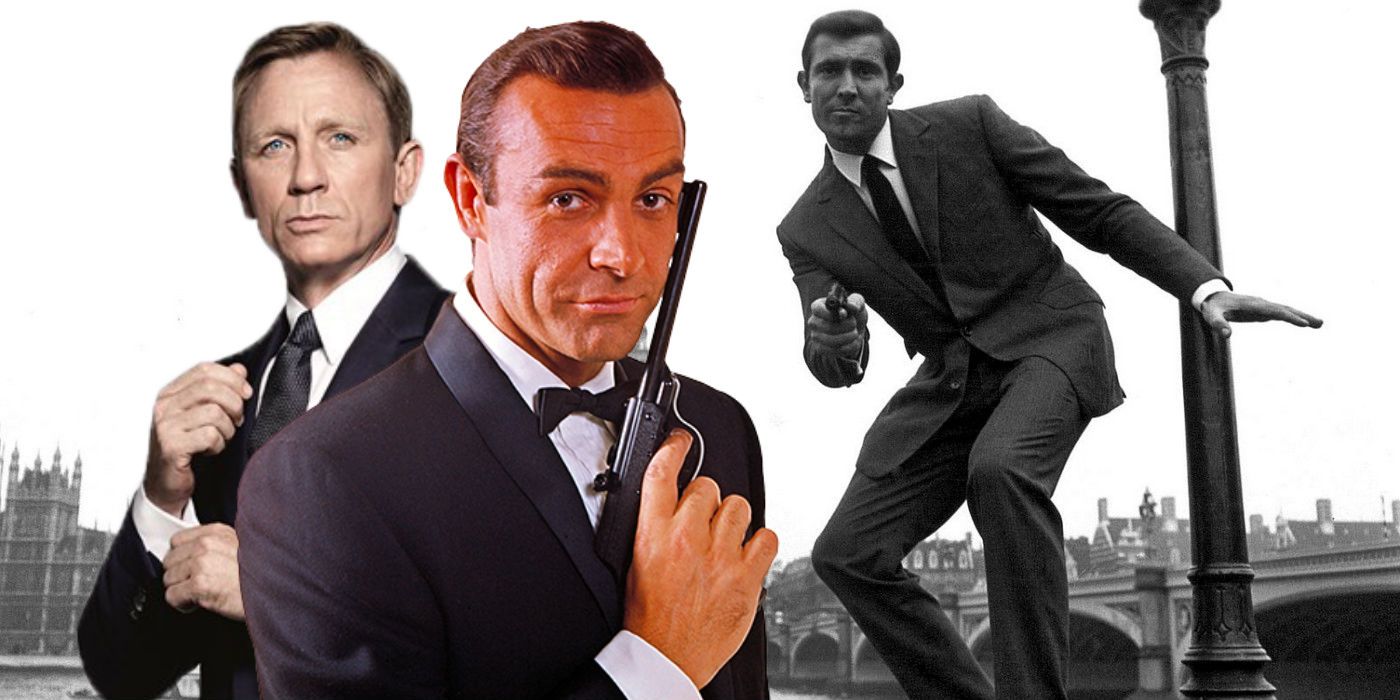The James Bond movies were originally going to justify 007’s recasting in-universe, but the explanation that the franchise considered failed to be a clever enough workaround. The James Bond franchise is unique in its ability to recast its leading man. While there have been numerous Spider-Mans and Batmans over the decades, the revelation of a new 007 is a huge pop culture event because the spy franchise has been switching stars for over 60 years now.
SCREENRANT VIDEO OF THE DAY
The second actor to play James Bond on the big screen had a more difficult time than the four others who followed in his footsteps. When Sean Connery won the hearts of audiences worldwide by starring in five James Bond movies in as many years, this left his replacement George Lazenby with some big shoes to fill. Originally, Lazenby’s first James Bond adventure, 1969's On Her Majesty's Secret Service, even explained away the character’s new face — although not particularly well.
In early drafts of On Her Majesty's Secret Service, James Bond received plastic surgery to alter his appearance so that his enemies would stop recognizing him, hence his new face. George Lazenby’s version of 007 was relatively playful — epitomized by his winking fourth-wall nod that “this never happened to the other fella" — especially in comparison to later incarnations like Daniel Craig’s James Bond. Even so, the plastic surgery idea would still have been too silly an explanation for the franchise to pull off. The James Bond movies were, by the late 1960s, self-consciously cartoonish and over the top, but On Her Majesty's Secret Service was also the installment that famously killed off 007’s wife, so explaining his new face with an awkward meta-joke about recasting would have been tonally jarring.
Why Bond Movies Were Right To Never Address Recasting

The explanation that Bond received plastic surgery to look less like himself was bizarre for numerous reasons. For one thing, he was always able to disguise himself without such drastic measures. For another, as his repeated habit of being betrayed by Bond girls proves, 007 almost always revealed his real name, often uttering “Bond, James Bond," when he introduced himself, thus rendering disguises pointless. Furthermore, his colleagues and contacts also wouldn’t recognize his new face either and, while MI6 could provide them with a warning that Bond had a brand-new face, this information could easily be intercepted by his enemies, rendering the whole exercise pointless.
There was also a bigger, meta problem with this explanation. Confirming that George Lazenby’s James Bond was canonically the same person as Sean Connery’s earlier iteration of 007 would have limited how many times the character could be recast. James Bond would need to age at least somewhat between 1962 and 2022 if he was canonically the same man, meaning the franchise would have had a far shorter shelf life than its 60-year span. Fortunately, the once-hated On Her Majesty's Secret Service instead set up the franchise rule of James Bond never acknowledging his changing identity, a choice that allowed for many more sequels. While the James Bond outing did originally try to cover up Connery’s absence, On Her Majesty's Secret Service was ultimately better off leaving the issue unmentioned.
